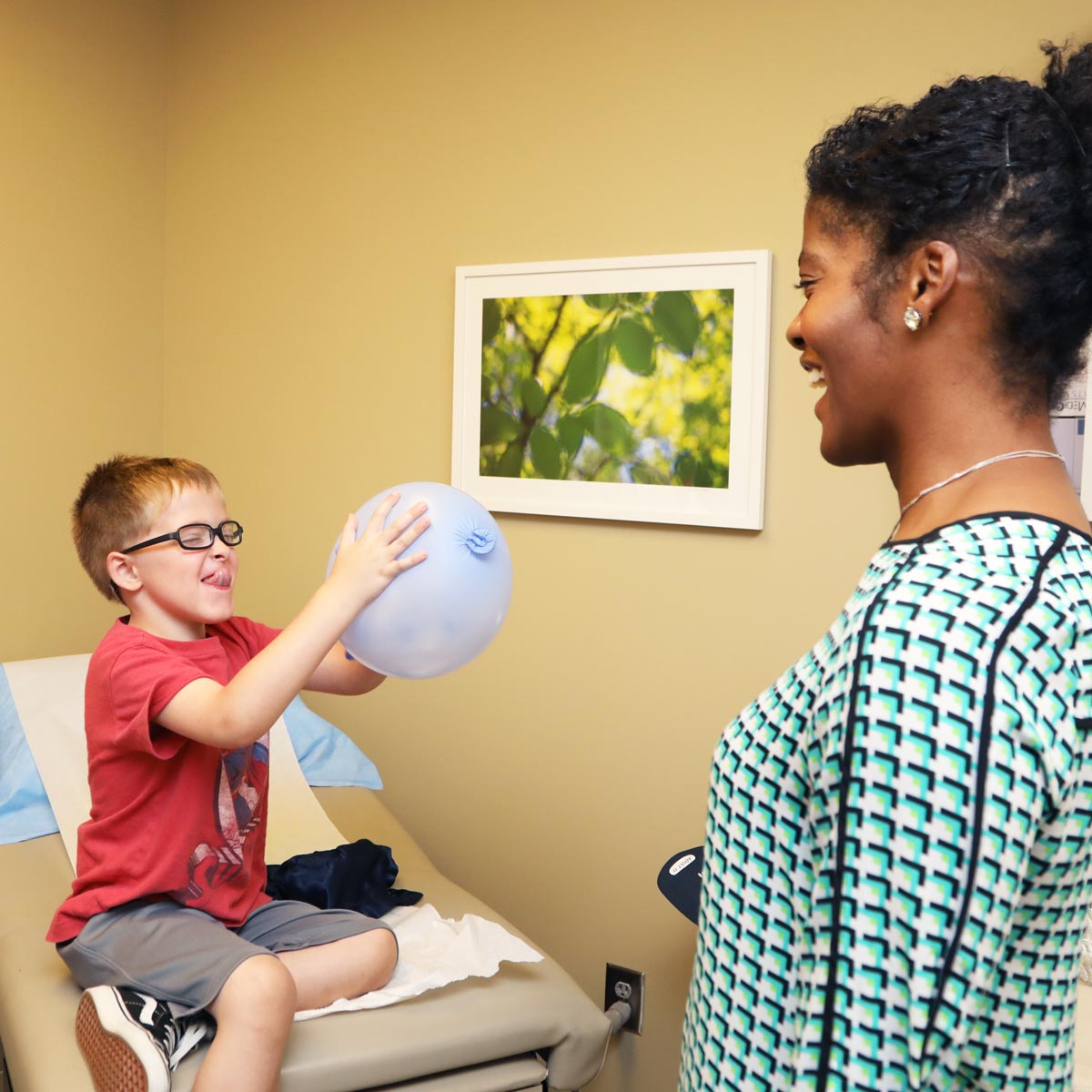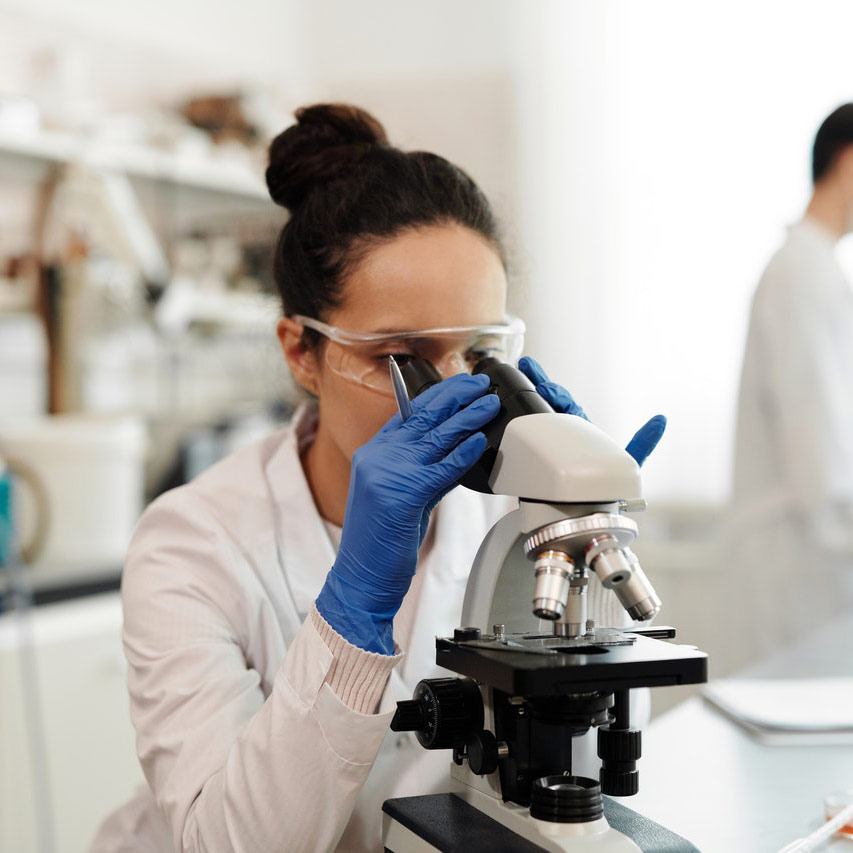What is Kyposcoliotic EDS?
Kyphoscoliotic EDS is a form of Ehlers-Danlos syndrome that is associated with severe hypotonia at birth, delayed motor development, progressive scoliosis (present from birth), vascular fragility and aortic root enlargement.
What are the Key Features of kEDS?
Kyphoscoliotic Ehlers-Danlos syndrome (kEDS) is an autosomal recessive generalized connective tissue condition. Intelligence is normal. Life span may be normal, but affected individuals are at risk for rupture of medium-sized arteries. Adults with severe kyphoscoliosis are at risk for complications from restrictive lung disease, recurrent pneumonia, and cardiac failure. Symptoms will vary from person to person. People with the same condition may not have all the features listed.
This is a very rare condition incidence of approximately 1;100,000 live births.
When a person has these features, it is important to be evaluated for kEDS.
For more information, head to The VEDS Movement, a division of The Marfan Foundation.
-
Cardiovascular
- Cardiovascular abnormalities such as mitral valve prolapse or aortic root dilatation (enlargement of the blood vessel that distributes blood from the heart to the rest of the body)
-
Eyes, Head and Neck
- Scleral fragility
- Unusually small corneas
-
Skin
- Hyperextensible skin that is fragile and bruises easily
- Abnormal wound healing
-
Bones
- Joint hypermobility that leads to frequent dislocations and subluxations (partial dislocations)
- Progressive kyphoscoliosis (kyphosis and scoliosis), present at birth or within the first year of life
- Osteopenia (low bone density)
- Congenital clubfoot
-
Other Important Features
- Severe hypotonia at birth
- “Marfanoid habitus” which is characterized by long, slender fingers (arachnodactyly); unusually long limbs; and a sunken chest (pectus excavatum) or protruding chest (pectus carinatum)
- Fragile arteries that are prone to rupture
- Delayed motor development

Getting Diagnosed with Kyphoscoliotic Ehlers-Danlos Syndrome
A diagnosis of kyphoscoliotic Ehlers-Danlos syndrome (kEDS) is typically based on the presence of characteristic signs and symptoms. The following tests may then be recommended to confirm the diagnosis:
- Urine tests and/or a skin biopsy to detect deficiencies in certain enzymes that are important for collagen formation
Genetic testing for changes (mutations) in the PLOD1 gene or in the FKBP14 gene.

What Causes Kyphoscoliotic Ehlers-Danlos Syndrome?
Kyphoscoliotic Ehlers-Danlos syndrome (EDS) is caused by changes (mutations) in the PLOD1 gene, and, rarely, in the FKBP14 gene. This gene gives the body instructions to make (encodes) an enzyme that helps process molecules that allow collagen to form stable interactions with one another. Collagen is a protein that provides structure and strength to connective tissues throughout the body. Mutations in the PLOD1 gene lead to reduced levels of functional enzyme which disrupt networks of collagen throughout the body. This weakens the connective tissues and leads to the characteristic signs and symptoms associated with EDS, kyphoscoliosis type. The FKBP14 gene encodes a protein which is a member of the FK506-binding protein family of peptidyl-prolyl cis-trans isomerases. The encoded protein is found in the lumen of the endoplasmic reticulum, where it is thought to accelerate protein folding. It is not known how the mutations in this gene lead to the EDS.
How is Kyphoscoliotic Ehlers-Danlos Syndrome Managed?
The Management of kyphoscoliotic Ehlers-Danlos syndrome is focused on preventing serious complications and relieving signs and symptoms. For example, physical therapy may be recommended in children with hypotonia and delayed motor development. This treatment can also help improve joint stability. Assistive devices such as braces may be necessary depending on the severity of joint instability. Depending on the severity of the kyphoscoliosis (kyphosis and scoliosis), surgery may be necessary.
Because kyphoscoliotic EDS is associated with fragile skin with abnormal wound healing, affected people, especially children, may need to wear protective bandages or pads over exposed areas, such as the knees, shins, and forehead. Regular follow-up may be recommended to check for development or progression of abnormalities of the eyes, heart, and other parts of the body.
Important Resources Related to kEDS
Emergency Preparedness
Following your doctor’s recommendations for medication, monitoring, and physical activity gives you the best chance of avoiding a serious complication with kyphoscoliotic Ehlers-Danlos syndrome (kEDS). Still, there are no guarantees. That’s why it’s important for you to learn about the medical problems that could arise and require immediate medical treatment.

